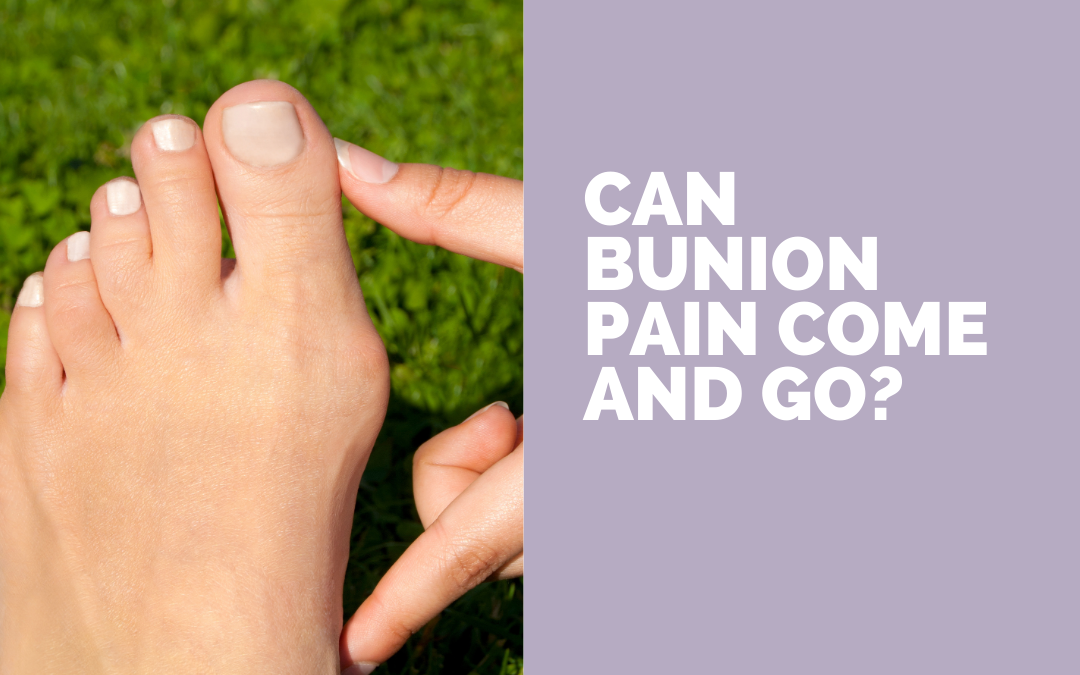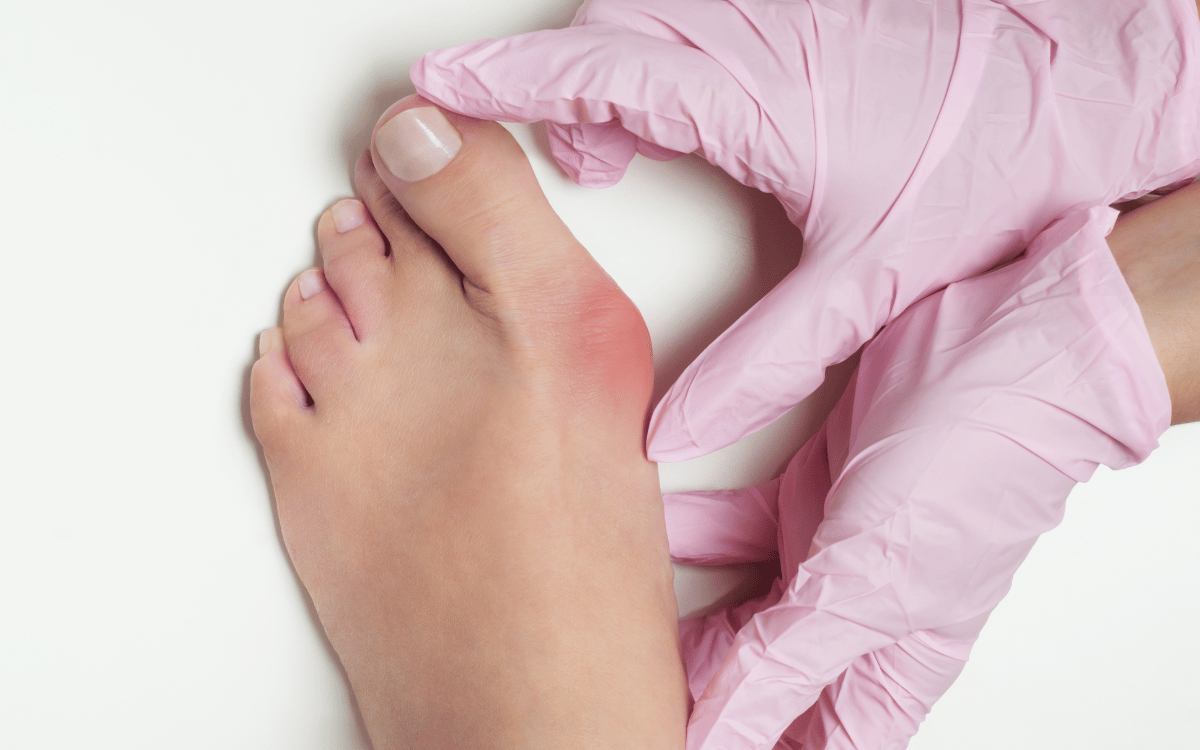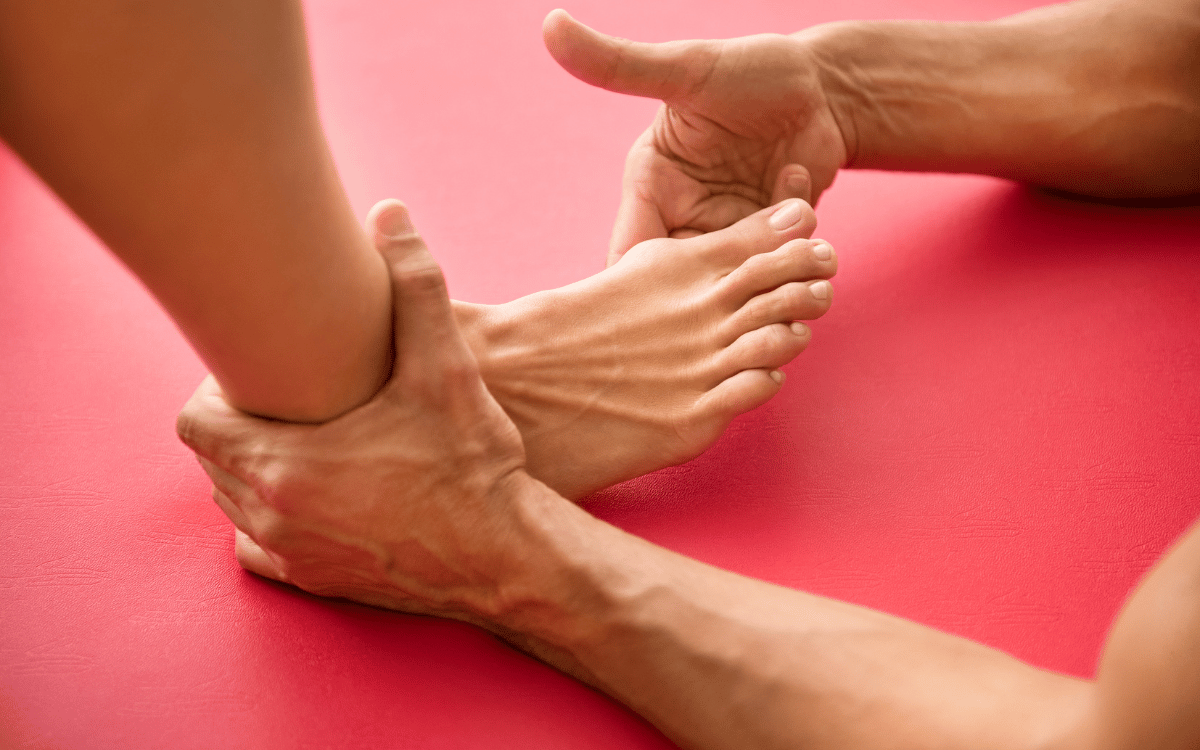Can bunion pain come and go? Absolutely! Be sure to watch this video where I’ll discuss the nature of bunion pain, why it can fluctuate, and what you can do about it in relation to your situation. I’m Daniel Fitzpatrick from Sydney Foot Solutions, where we specialize in podiatry and have extensive experience treating bunions. Our clinic sees a high volume of cases — over 100 bunions a week — and we’ve been successfully managing them for more than 20 years, often without the need for surgery.
So, can bunion pain come and go? Yes, it certainly can. The truth is, your big toe joint endures more force than any other joint in your body. It’s a robust joint that handles significant stress, with studies indicating that when you walk or run, you can exert forces up to three times your body weight on your big toe. It’s no surprise that this can lead to pain and discomfort!
When you have a bunion, that same pressure is applied to your affected toe, which may begin to deviate. This misalignment causes uneven force distribution when you stand and walk, leading to increased strain on the bunion. Typically, this occurs when you put weight on your foot, causing your body to internally rotate and shift your big toe.
The good news is that there are many non-surgical options available to help manage this pain. I’ll delve deeper into these options later in the video. In the meantime, if you experience pain that comes and goes, it may indicate an underlying issue. Remember, delaying treatment for bunion pain can increase the likelihood of degenerative changes in your big toe.
What’s nasty about degenerative change in big toes, you don’t feel the first 90% of it. And so what people will come in and they’ll say, oh, I’ve sort of had this niggling pain and it sort of comes on a couple of days and then it turns off. But the reality is that the longer you leave treatment, the worse the degenerative change will get. So, keep in mind if you’re getting any pain at all through your bunion, there’s probably something going on inside the joint. So I would strongly advise you to seek professional advice. What I would say though is that if you seek professional advice, it turns out to be nothing, well, no harm done. But the problem is the longer you put off any potential treatment, the more likely you are to need surgical intervention.
It’s important to remember that surgical intervention is a significant decision. It can be quite expensive, requiring six to eight weeks off your feet, with full recovery potentially taking anywhere from six to twelve months. If you’re experiencing any discomfort, I strongly recommend seeking a professional opinion. That’s why we offer a 60% discount on our initial bunion assessment. If you’re interested, click the link below to claim this offer through our clinic. We conduct numerous assessments, and during these sessions, we provide tailored advice to meet your specific needs and address any relevant concerns. BOOK NOW
You might wonder how we can help avoid surgical intervention for pain or bunions. Our approach involves a gentle, hands-on technique that focuses on correcting the alignment of your feet. We also provide exercises to support these adjustments. Over the last 20 years, our clinics have seen great success with this method, allowing us to avoid the need for surgical intervention in 90% of cases. Not only can we alleviate your pain, but we can also improve the alignment of your big toe, resulting in a more functional foot.
Importantly, we address the underlying causes of bunions, which often relate to how you stand and walk rather than just your footwear. By realigning your foot and ankle, we aim for better long-term results with your bunion. If this sounds appealing, don’t hesitate to click the link below.
I hope you find this video helpful! We produce a wealth of content aimed at improving your foot health and overall well-being. If you enjoy our channel, please subscribe and hit the like button to let us know what type of content you’d like to see more of.




